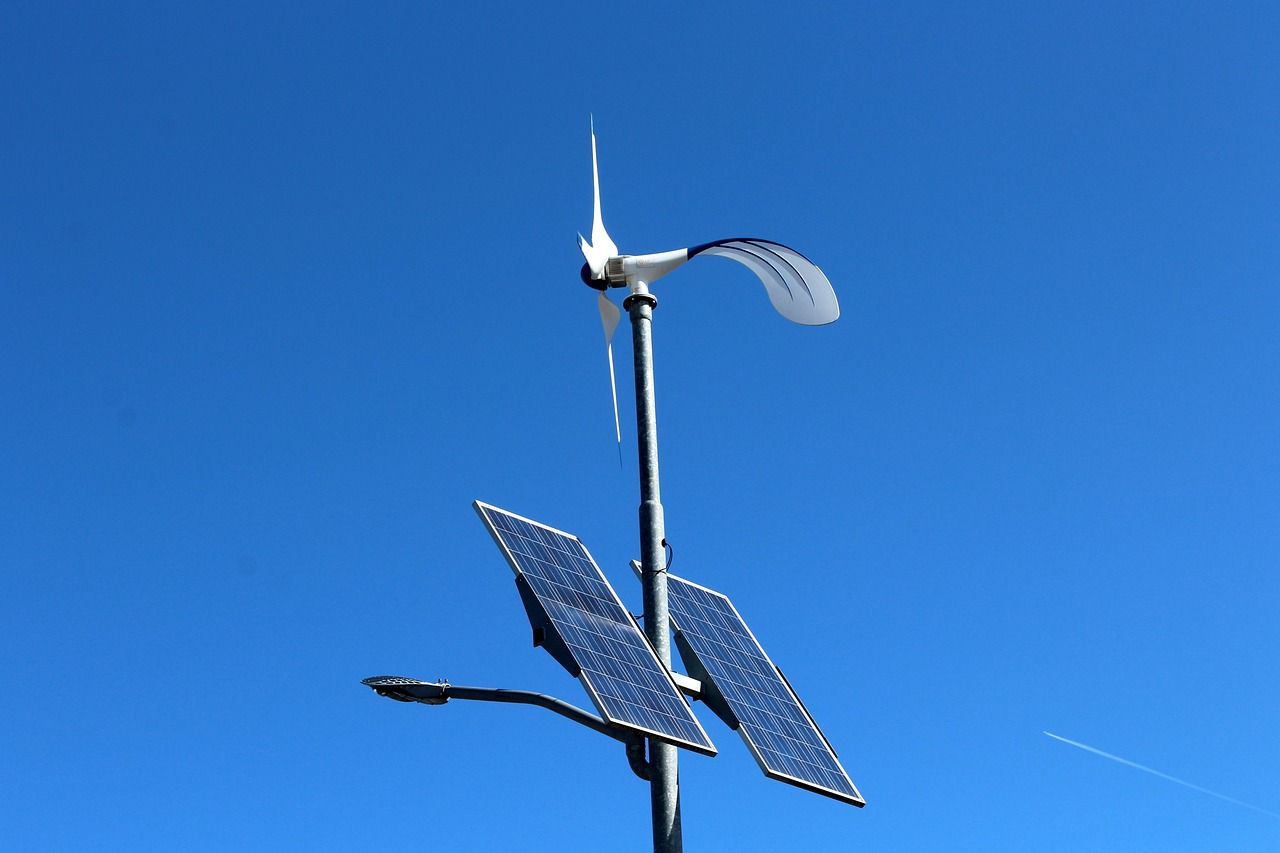
What Size Solar Battery Do I Need?
Choosing the right solar battery size for your home can seem overwhelming, but it doesn't have to be. With the growing interest in renewable energy, more homeowners are turning to solar power systems to reduce their electricity bills and decrease their carbon footprint. However, to get the most out of your solar power system, selecting the appropriate solar battery is crucial. In this guide, we'll break down everything you need to know to determine the right solar battery size for your needs.
Understanding Solar Batteries
Solar batteries store the energy your solar panels generate during the day, allowing you to use it later when the sun isn't shining. This stored energy can power your home during the night or on cloudy days, ensuring a consistent power supply and reducing your reliance on the grid.
When considering what size solar battery you need, you'll encounter terms like kilowatt-hours (kWh) and capacity. These refer to how much energy a battery can store and how much power it can provide at any given time.
Steps to Figure out the Size of Solar Battery You Need
Step 1: Define Your Energy Goals
To size your solar battery correctly, you need to determine its intended function. There are three primary roles for battery storage:
Critical Loads Backup: Powering essential systems during grid outages.
Whole-Home Backup: Powering all your home’s electrical systems during outages.
Self-Consumption: Storing surplus solar energy generated during the day for use at night, reducing dependence on the grid.
Traditionally, home battery systems are used for critical loads backup. However, as time-of-use rates become more prevalent and net metering policies diminish across the U.S., using battery storage for self-consumption is increasingly popular as a cost-saving measure.
In some cases, a single battery can serve multiple purposes. For instance, a 10 kWh backup battery might also be used for solar self-consumption, though it’s important to note that if the grid fails right after the battery is depleted, there will be little to no backup power available.
Step 2: Calculate the Load Size
The next step involves determining the maximum load you want your battery to support. This means identifying: which systems you want to back up, their electricity consumption, the duration you need them to run.
If your goal is to back up critical systems during outages, start by identifying these systems, which often include: Refrigeration, Medical devices, Lights, Fans, TV, Wi-Fi, and device charging, Kitchen appliances, Water heating
High-consumption systems like air conditioning and electric heating are usually excluded from essential battery backups. Instead, smaller systems like those listed above are commonly supported by home solar and battery setups.
Step 3: Decide on the Duration of Power Supply
The final step is deciding how long you want to power these systems with battery storage alone, also known as "days of autonomy." Ideally, your solar panels will recharge your battery daily, but it’s wise to plan for scenarios like snow, cloudy weather, and short winter days that might limit solar production.
On average, utility customers in 2021 experienced 1.42 power outages per year lasting more than 7 hours (up from 3.5 hours per outage in 2013), according to the EIA. However, in the first nine months of 2023 alone, there have been 28 outages lasting 10 hours or more.
Types of Solar Batteries
Lead-Acid Batteries: These are the oldest type of rechargeable battery and are generally the least expensive. They have a shorter lifespan and lower depth of discharge compared to other types.
Lithium-Ion Batteries: These are the most common type of solar battery today, known for their high efficiency, long lifespan, and ability to deep discharge without damaging the battery.
Saltwater Batteries: A newer technology, these batteries are environmentally friendly and have a long lifespan, but they are less efficient and less energy-dense than lithium-ion batteries.
Flow Batteries: Ideal for large-scale storage, these batteries have a long lifespan and can be fully discharged without damage. However, they are bulkier and more expensive than other options.
Consider Future Needs
When deciding on the size of your solar battery, it's also wise to think about your future needs. If you plan to add more solar panels or increase your energy consumption, you might want to invest in a larger battery now to avoid having to upgrade later. Additionally, consider any potential changes in your lifestyle that could impact your energy use, such as working from home or purchasing an electric vehicle.
Installation and Maintenance
Choosing the right size solar battery is just one part of the process. Proper installation and maintenance are crucial to ensure your system operates efficiently. Hire a professional installer who can assess your specific situation and install the system correctly. Regular maintenance, such as checking battery connections and ensuring the battery remains within the recommended temperature range, will help extend the lifespan of your solar battery.
Conclusion
Selecting the right size solar battery requires careful consideration of your current and future energy needs, the types of batteries available, and potential efficiency losses. By understanding these factors and planning accordingly, you can ensure that your solar power system meets your energy requirements and helps you achieve your sustainability goals.
Related Article: Tips to Extend the Lifespan of Your Solar Battery

